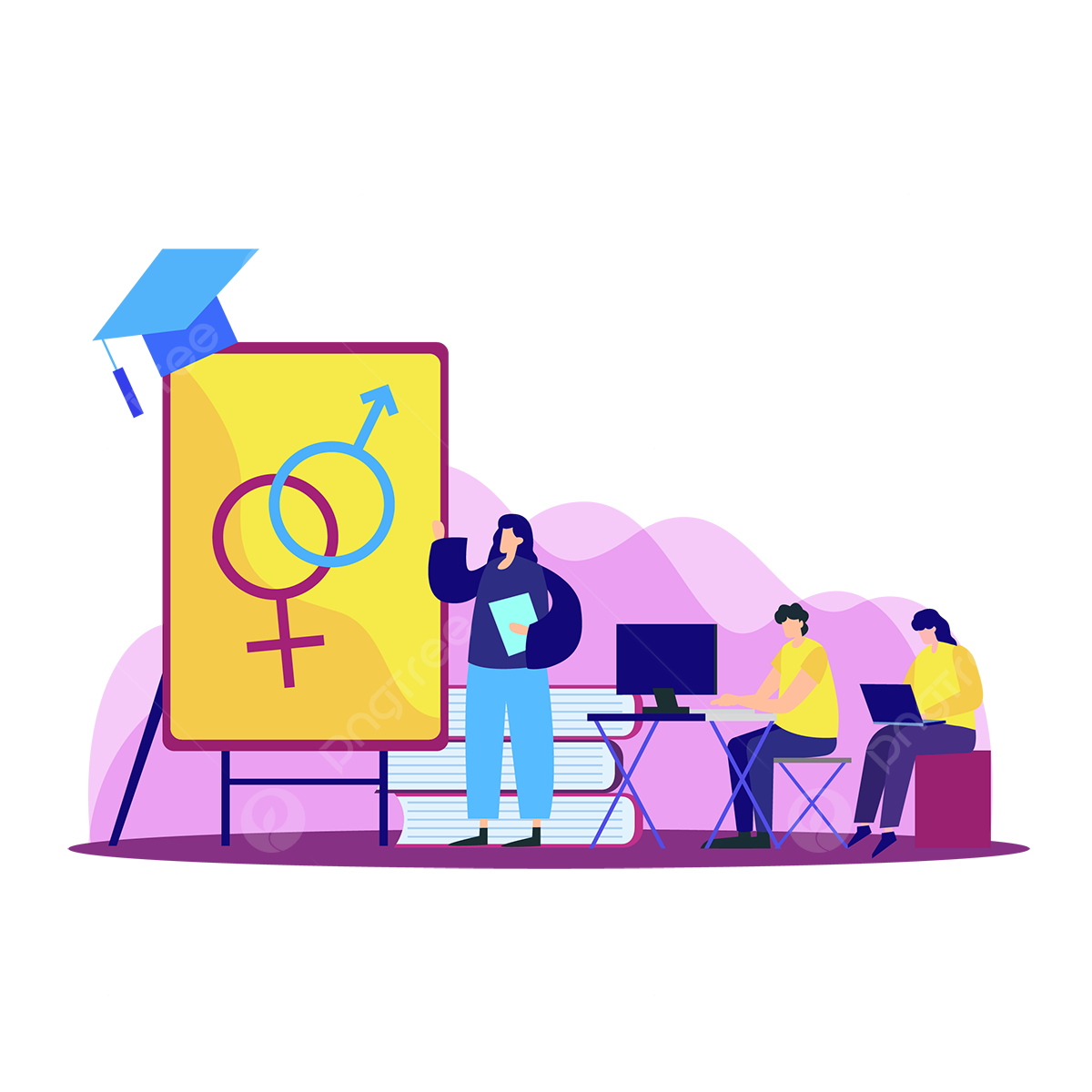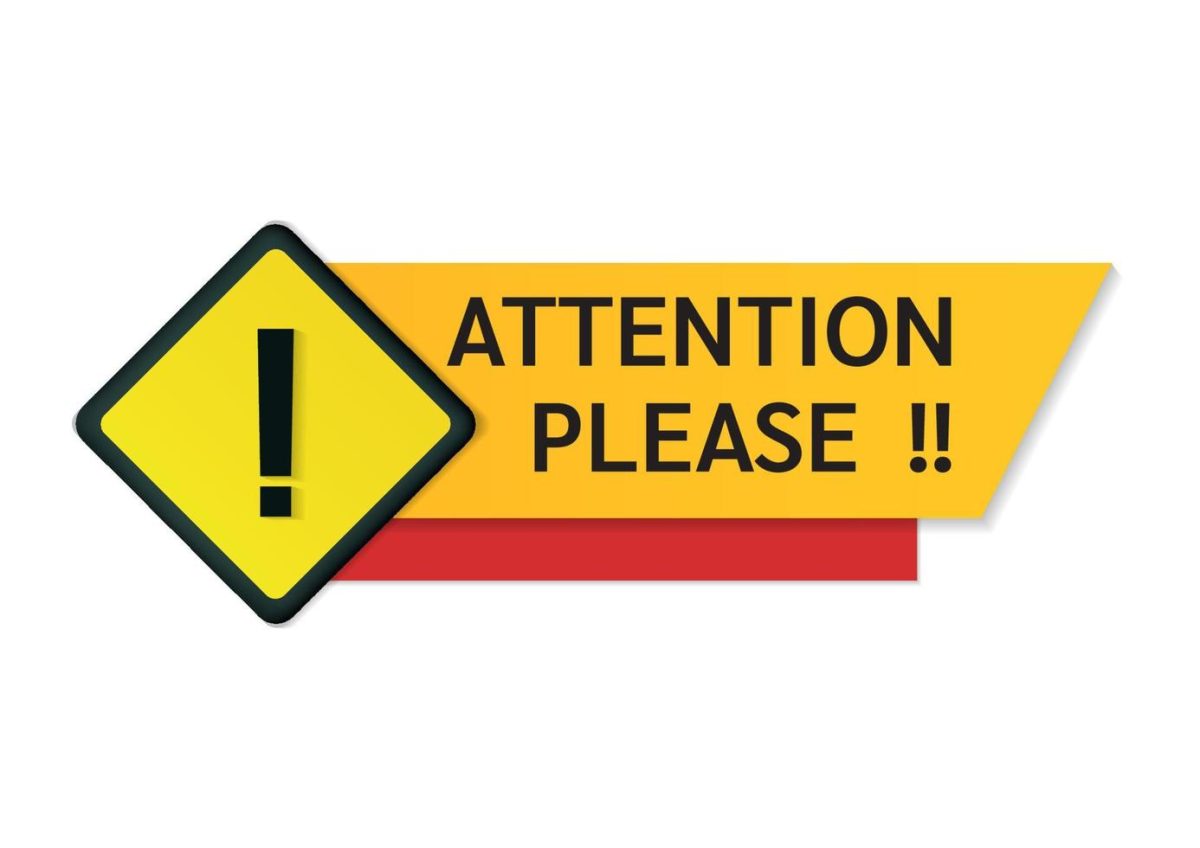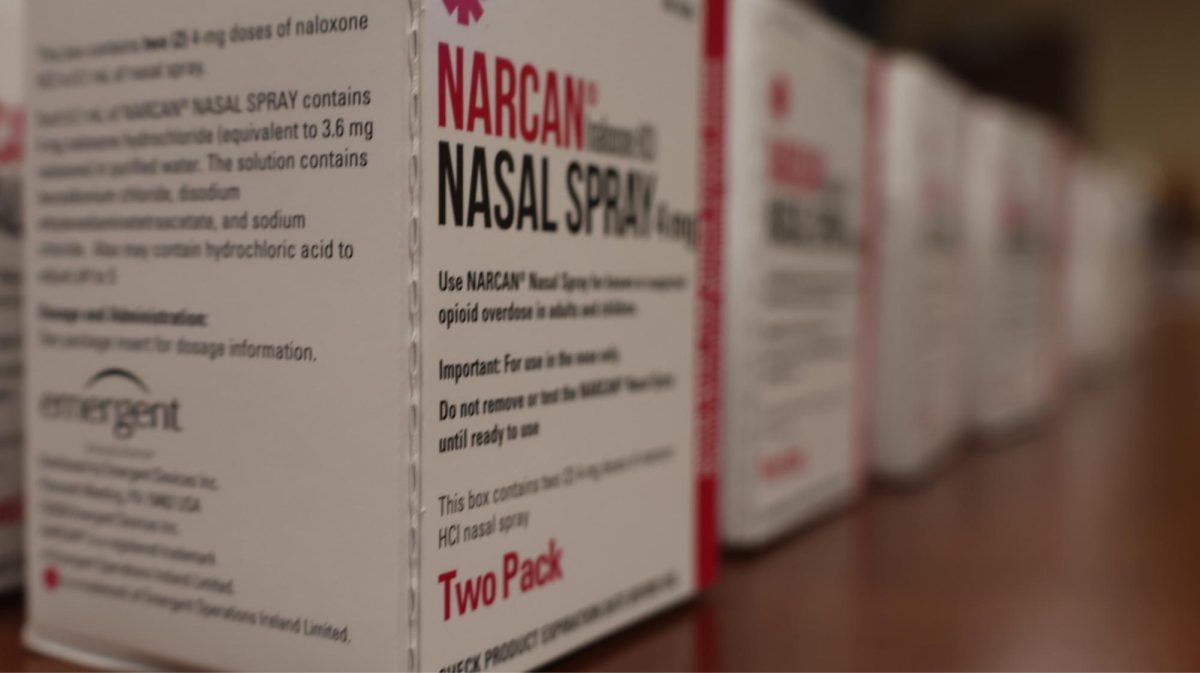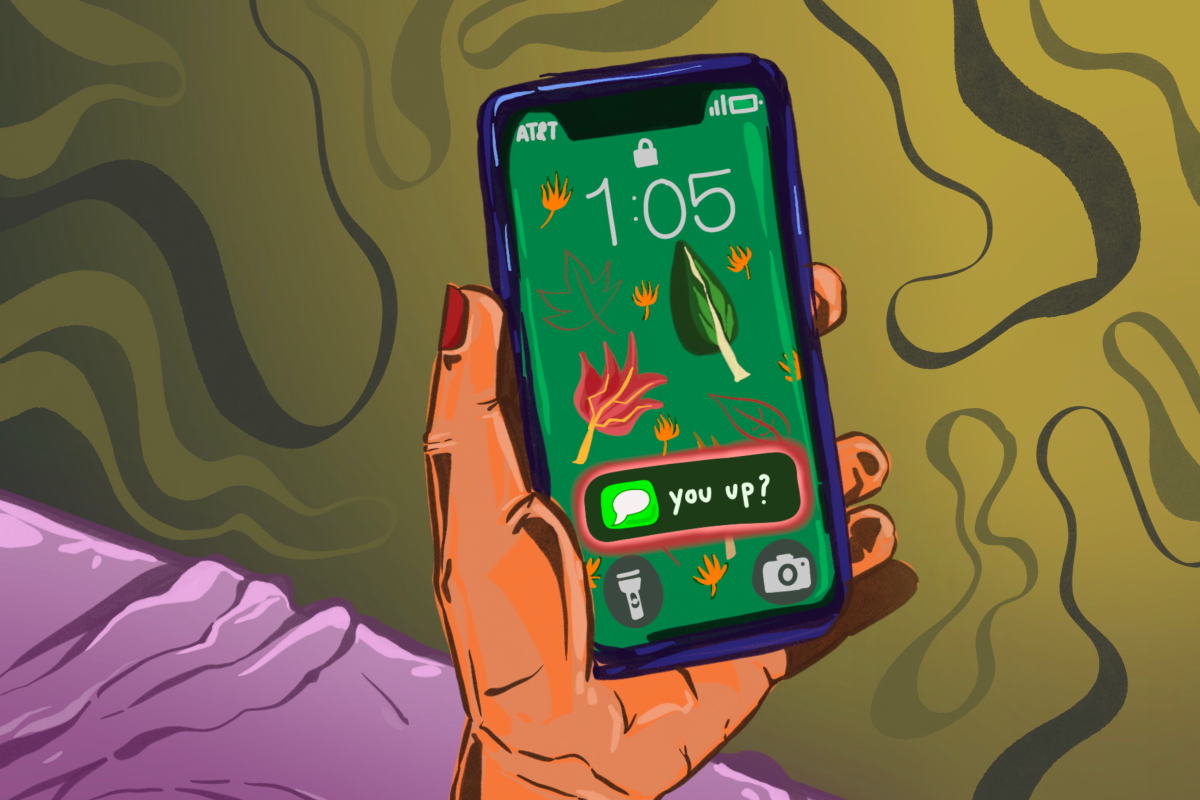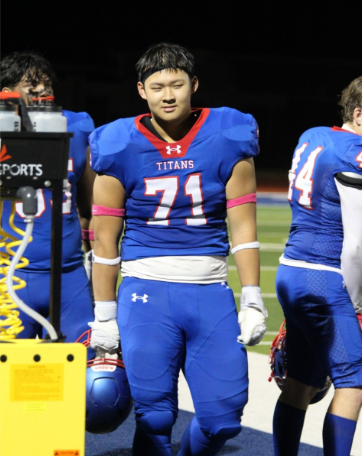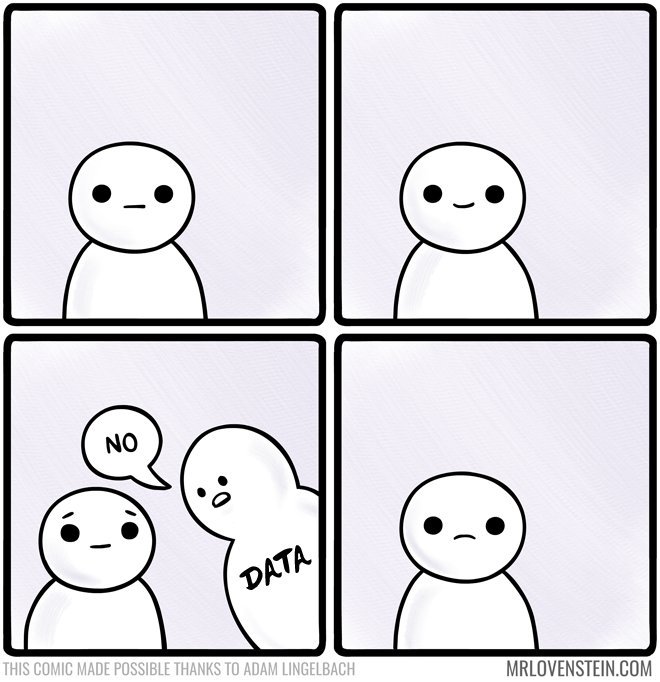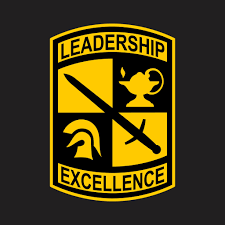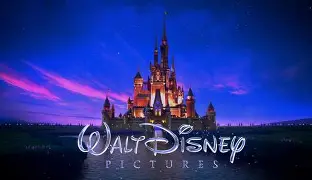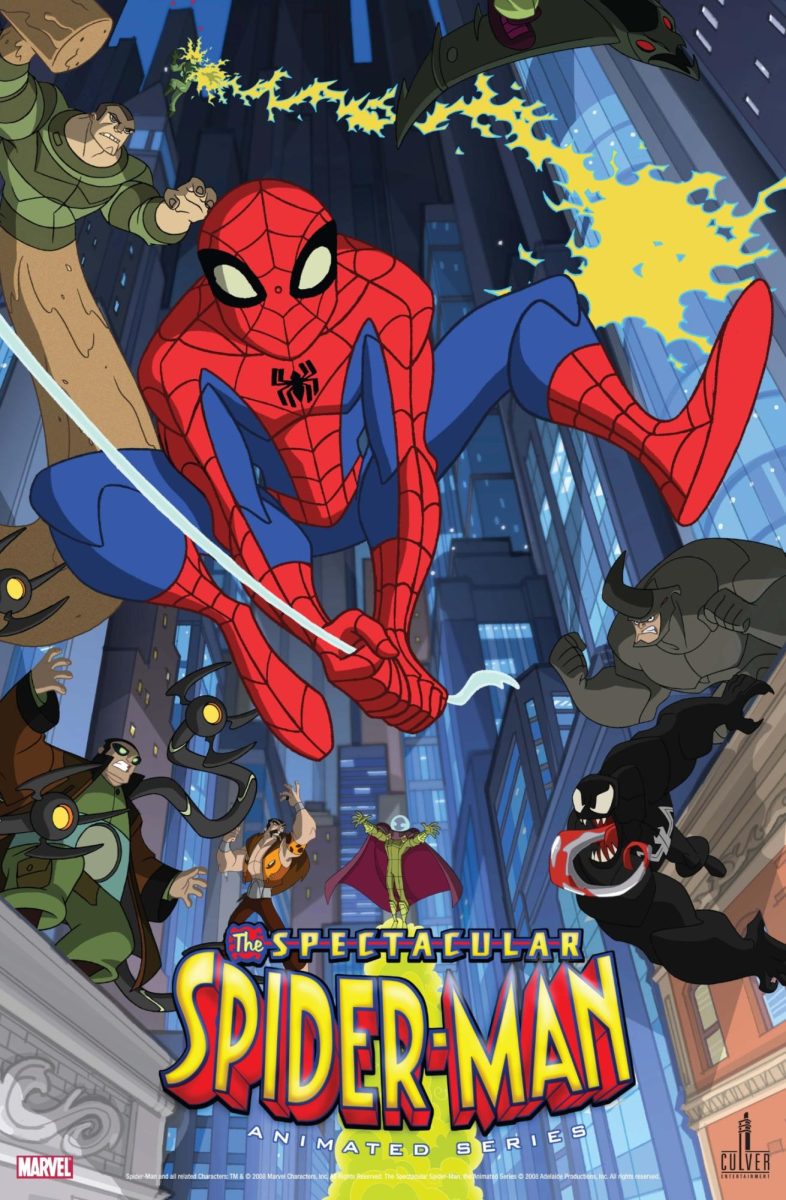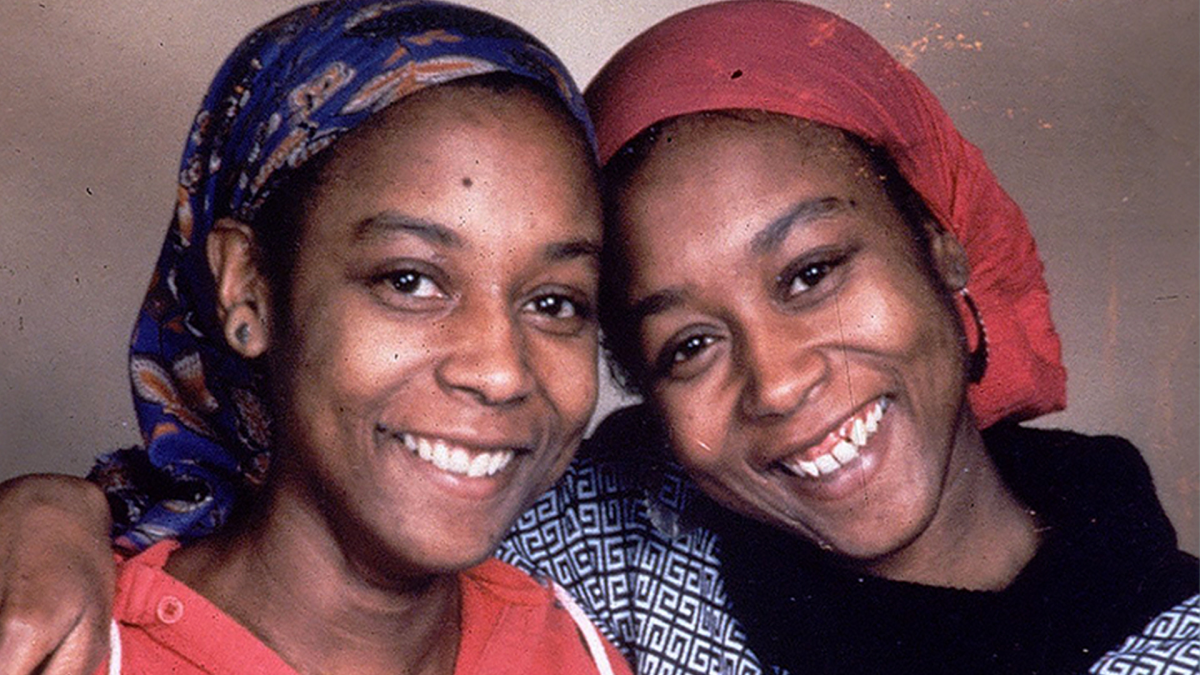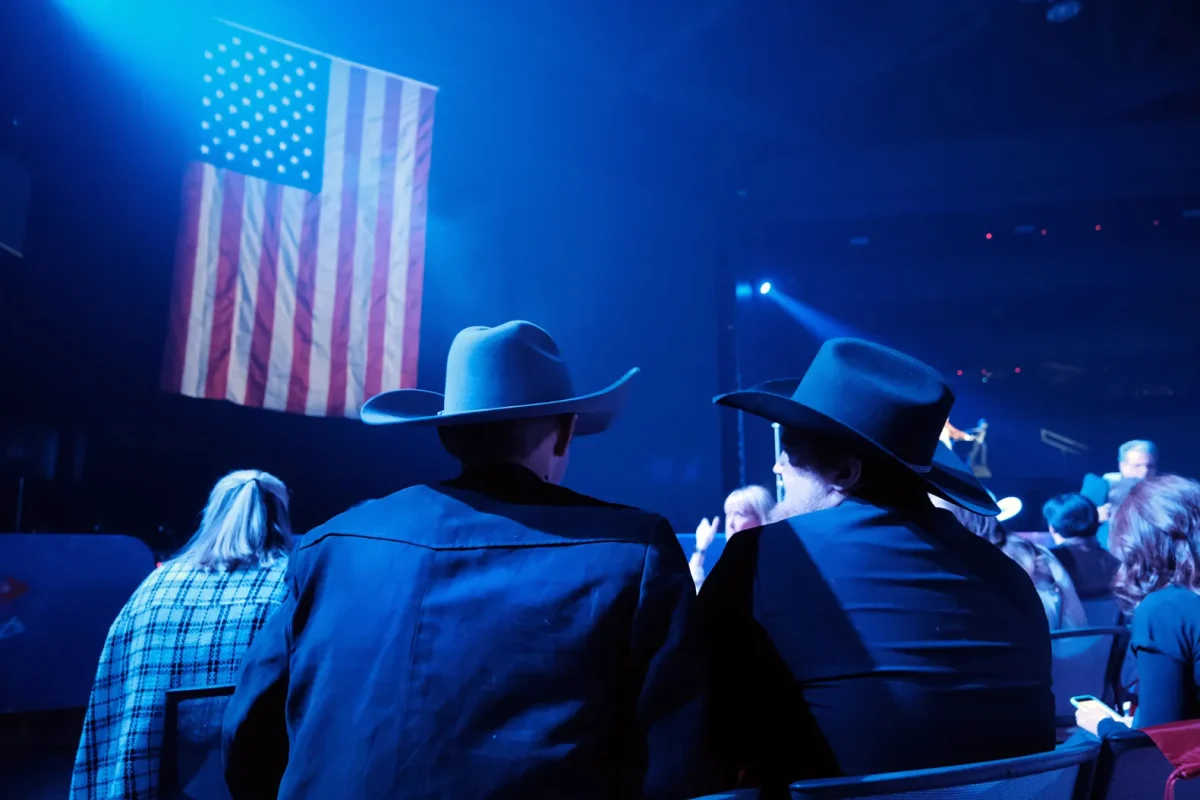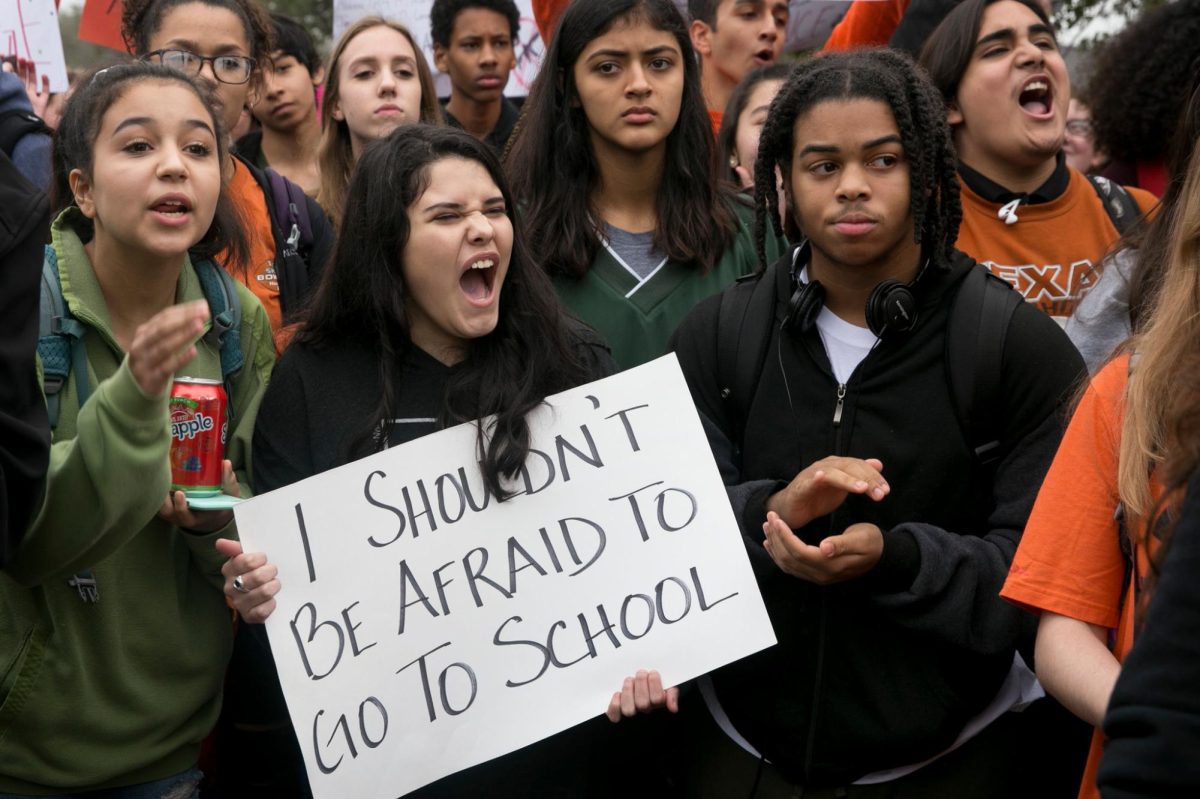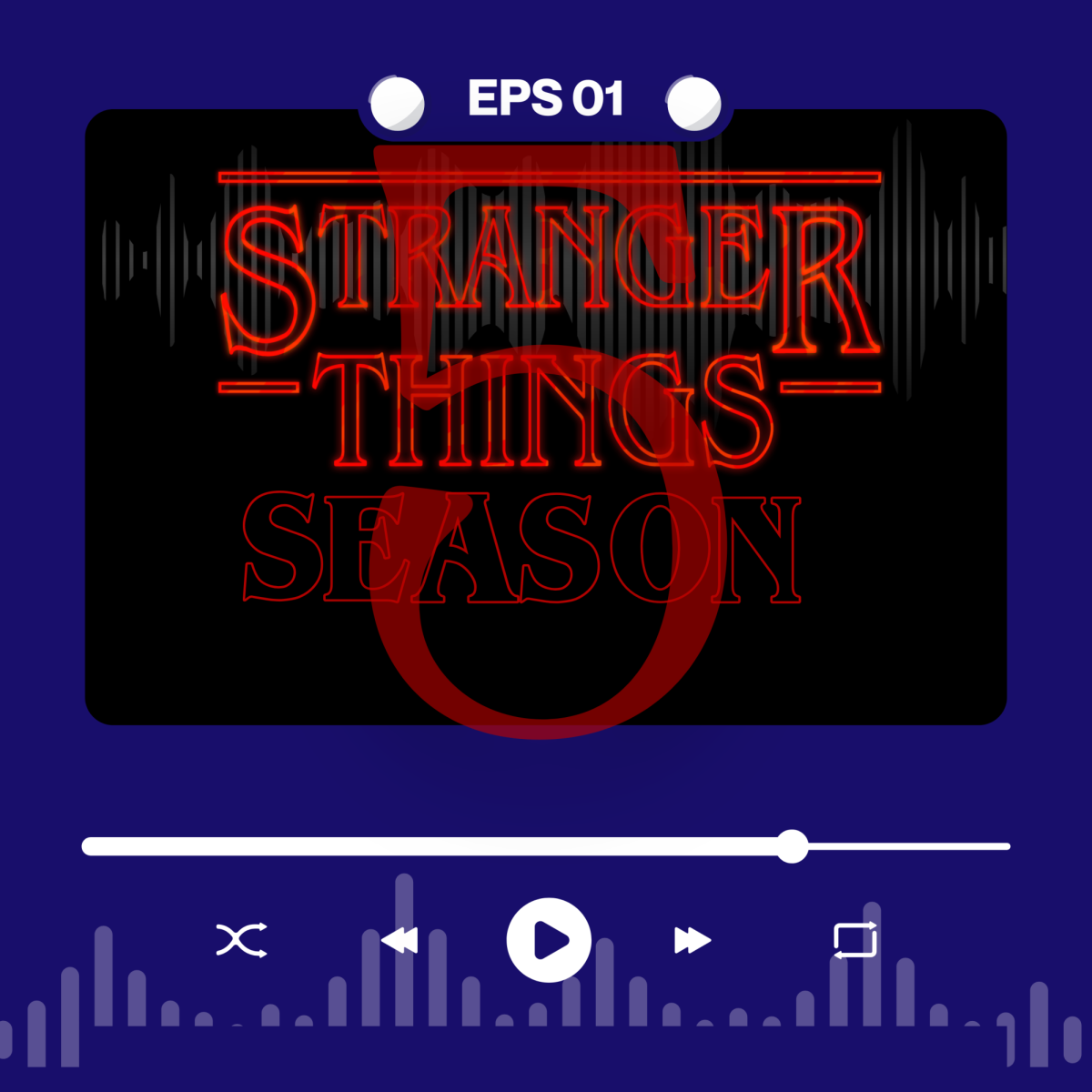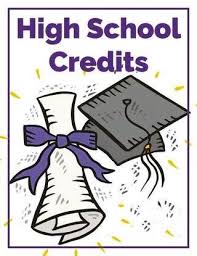After the 1st semester of the 2022-23 school year, many people have failed a class or still need to make one up. How do you make up a credit? What even is a credit?
What is a Credit?
In order to graduate high school in Wichita Public Schools, you need 23 “credits.” A credit is earned by attending a class for one year and having a passing grade. The credits you need† are:
- 4 English Credits: You should take an English class each year of high school.
- 3 Math Credits: Often, these are Geometry, Algebra II, and Pre-calc.
- 3 Science Credits: Biology and Chemistry are the most common.
- 3 History Credits: World History along with US History I and II.
- 0.5 Government Credits: 0.5? This means half a credit or just a semester-long class.
- 0.5 Financial Literacy Credits: This class, abbreviated Financial Lit, is typically taken in Junior year, but you could wait for Senior year.
- 1 PE Credit: You usually take this Freshman year.
- 1 Fine Arts Credit: Any class involving art, including Ceramics, Band, Choir, etc.
- 1 Career and Technical Education (CTE) Credit: There are dozens of these classes, it’s almost impossible not to get this one, but it includes anything that would train you for a job (from culinary to newspaper to much much more)
- 7 Elective Credits: This includes the fine art and CTE credit, but is basically anything that isn’t a “core” class
You get 8 credit “slots” a year throughout your high school career, meaning you’ll have 32 possible credits, leaving several credit slots open. This gives you plenty of leeway.
How Do I Know What Credits I Need or Have Done?
StudentVue provides this info. The steps should be the same for laptops or mobile. Log into StudentVue, and click Course History in the menu/sidebar. Before you will be a list of the credits you need, the credits you have completed, and the credits you currently working on.
How Do I Make Them Up?
If you fail a credit, you cannot retake the class in a traditional classroom. Your two options are either 1. Learning Center or 2. Summer School, which is typically at another school.
In Learning Center, you retake the entirety of the course through an online tool, Edgenuity. The course is composed of videos and assignments. An assignment is assigned every day. You attend Learning Center for as long as you need, as the courses don’t have a fixed length. Each student in Learning Center works independently, with supervision from the respective LC teacher.
How long are these courses? It depends on many things, including what the course is and the speed of the student. Some estimates provided by an LC teacher are below:
- Social Students: 20-66 hours
- Math & Science: Around 40 hours
- English: 42-51 hours
In order to make up the credit, you have to have an ending grade of 60% in LC.
This format is a double-edged sword. If you are good with focusing on videos, this format is a good match and you can get through them fairly easily. However, for everyone else, these can be challenges.
Conclusion
Credits, once you get used to them, are fairly easy. However, they can initially seem very weird. The transition from middle school to high school can be difficult through this change alone. Many students fail a credit or half, even if they are an otherwise good student. Luckily there are good ways to make them up. Hopefully, this guide can help you better understand credits.
Any further questions can be answered by your counselor, a teacher (especially Titan Time), or possibly through your peers.
Notes
† This list is the set of credits you are expected to complete. To see the specific credits you need, see B.O.E Policy 6333: Graduation Rule and Diplomas.
For the “How Do I Make Them Up?” section, I emailed two of the three Learning Center teachers, Ms. Magie and Ms. Torrez, and they are my sources.

